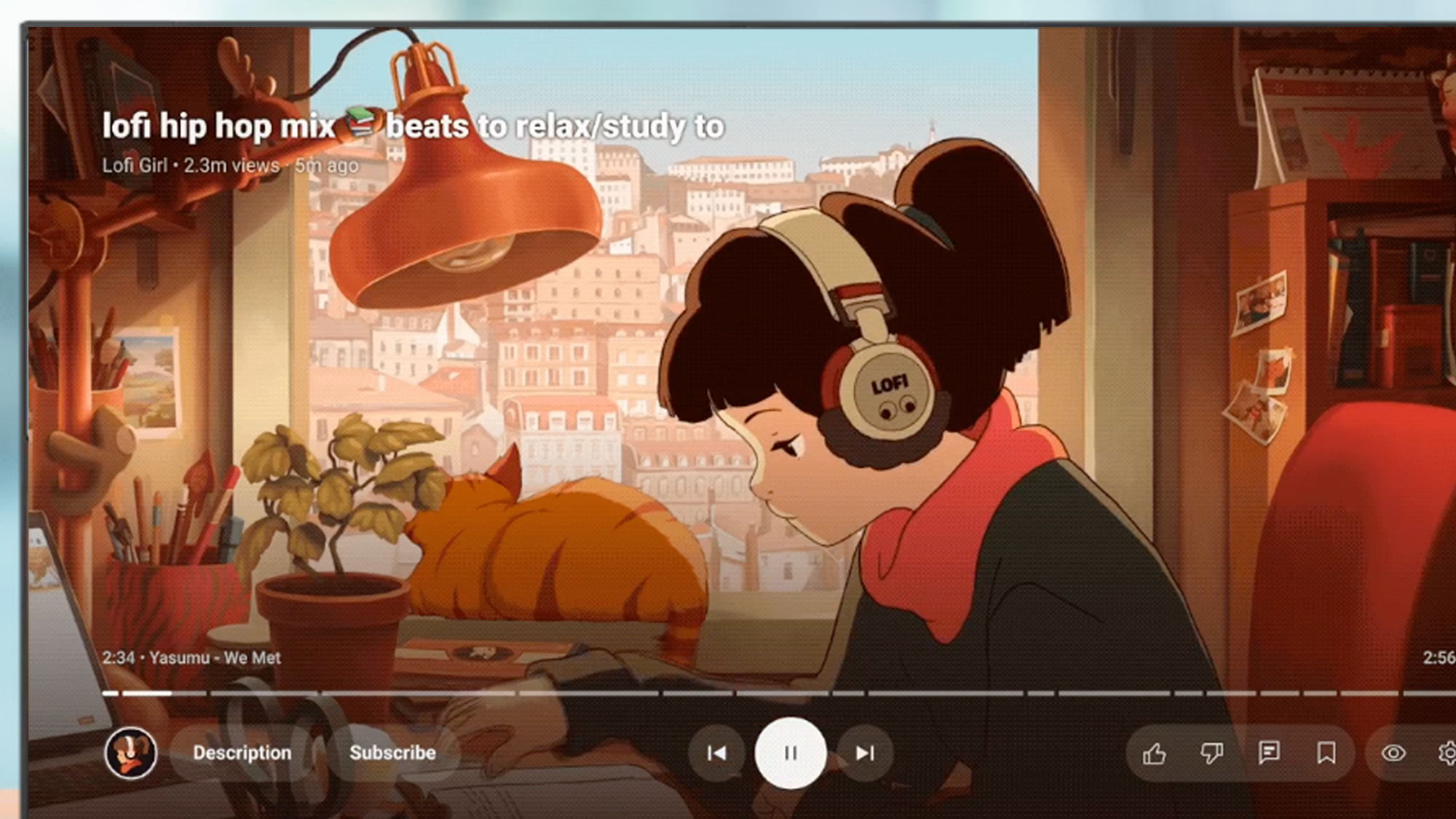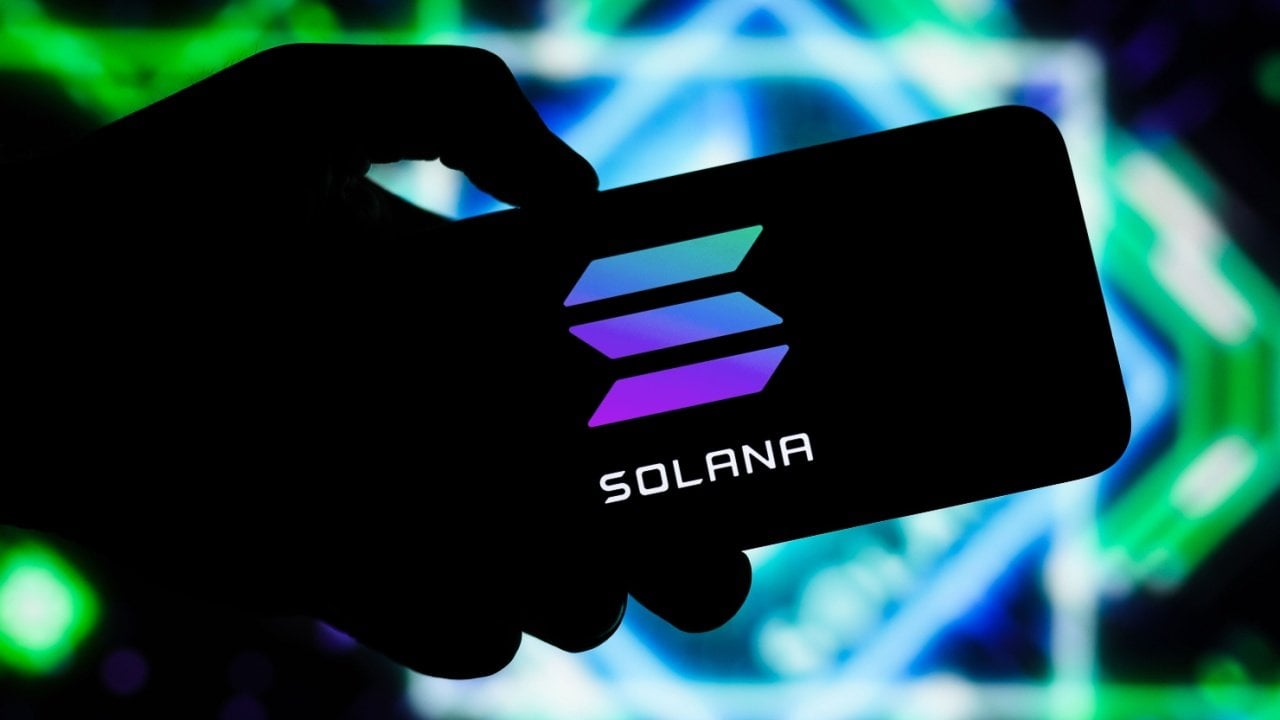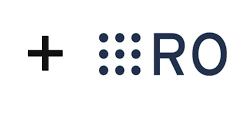The Role of Generative AI in Automating Software Development and Code Generation
Generative AI is changing how developers write code. In the past, building software took a lot of time and careful planning. Developers had to write every line manually and test everything step by step. Now, AI tools help speed up this process. These tools can suggest code, complete functions, and even create full programs based on simple instructions. This shift saves time and reduces stress. Developers can now focus on solving problems rather than typing out every small detail. AI becomes a partner in the coding process. In order to use this power well, developers should learn how to build generative ai solutions with reliable data and strong design. This gives the AI the knowledge it needs to perform well in real situations. Writing Code Faster With AI Tools like GitHub Copilot and Amazon CodeWhisperer have become popular. Developers enter a comment or a small instruction, and the AI writes code for them. It understands common patterns and knows many programming languages. For example, if someone writes a comment like “create a function to check if a number is prime,” the AI quickly provides the code. This helps beginners and professionals alike. New coders learn faster, and experienced ones build large systems without wasting time on small parts. AI also completes unfinished code. It reads the current project and fills in gaps. This cuts down debugging time and helps teams stay on schedule. Helping With Testing and Documentation Testing takes up a lot of time in software development. Generative AI tools now write unit tests automatically. Developers give a function, and the AI writes tests to check if it works as expected. Documentation, too, becomes easier. Instead of writing long descriptions by hand, developers let AI read the code and describe what it does. This keeps projects clear and easier to understand. Teams can onboard new members faster because everything is well explained. Customizing AI for Specific Tasks Not all AI tools work the same way. Businesses can train models to suit their own needs. For example, a bank may want an AI that writes secure code in Java. A game studio may prefer AI that helps with animation logic in Unity. To do this, developers provide training examples and feedback. The AI learns over time and starts writing better code for the team. This custom training turns a general tool into a powerful assistant. Working With Human Developers AI does not replace developers. Instead, it supports them. The best results come from teamwork. Developers write the main idea, and AI fills in the rest. If the AI makes a mistake, the developer corrects it and helps the AI learn. This feedback loop makes both faster and smarter. Developers get to focus on design, user needs, and big-picture thinking. Reducing Repetitive Work Some tasks in software development feel boring. Copying code, handling file uploads, writing basic templates—these jobs take time but don’t need deep thought. Generative AI handles these tasks with ease. This frees up time for creative work. Developers can now spend their energy on building new features, solving bugs, and making apps more fun or useful for users. Improving Team Collaboration When teams use AI, they share ideas more easily. If someone has an idea for a new feature, they describe it, and the AI creates a draft. The team then edits and improves it. This makes meetings more productive and keeps projects moving. AI also helps teams write cleaner code. It follows rules and standards. When every team member uses the same tool, the code looks more consistent. This avoids confusion later on. Keeping Up With Fast-Paced Changes Software changes quickly. New tools, languages, and trends appear every year. Developers cannot learn everything at once. Generative AI helps bridge the gap. AI reads current best practices and adds them to its suggestions. This keeps teams up to date. It also helps with learning new languages. If someone wants to try Go or Rust, the AI helps them get started without needing to read long guides. Staying Aware of Limitations Generative AI makes development easier, but it still has limits. It doesn’t understand business rules unless you explain them. It sometimes writes code that looks right but doesn’t work. Developers must always test and review the AI’s work. Security is another concern. If the AI suggests code from open-source projects, it could cause license problems. Businesses must be careful and pick tools that respect rules. Conclusion Generative AI gives software developers a strong helper. It writes code, creates tests, and explains functions. It helps new developers learn and helps teams move faster. Still, it works best as a support tool. Developers remain in control. They guide the AI and make sure the final product meets user needs. With careful use, teams build better apps in less time. As technology grows
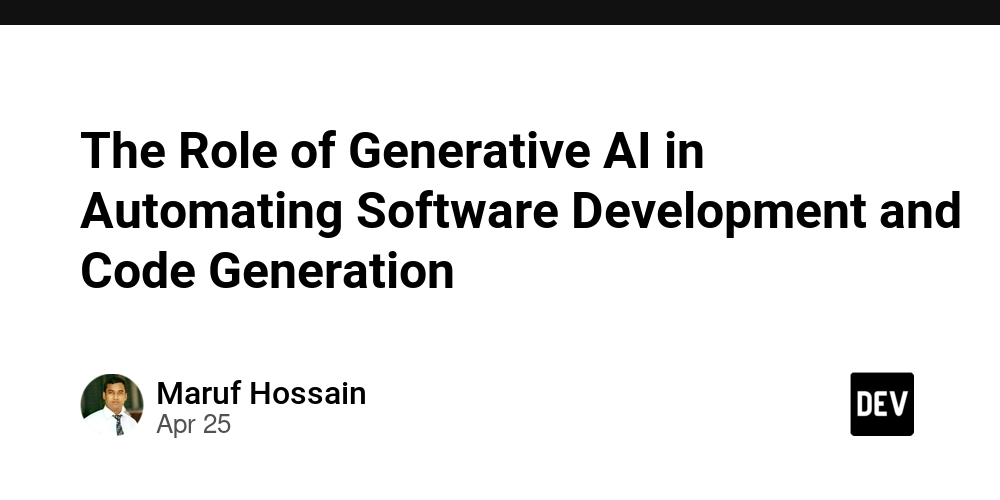
Generative AI is changing how developers write code. In the past, building software took a lot of time and careful planning. Developers had to write every line manually and test everything step by step. Now, AI tools help speed up this process. These tools can suggest code, complete functions, and even create full programs based on simple instructions.
This shift saves time and reduces stress. Developers can now focus on solving problems rather than typing out every small detail. AI becomes a partner in the coding process.
In order to use this power well, developers should learn how to build generative ai solutions with reliable data and strong design. This gives the AI the knowledge it needs to perform well in real situations.
Writing Code Faster With AI
Tools like GitHub Copilot and Amazon CodeWhisperer have become popular. Developers enter a comment or a small instruction, and the AI writes code for them. It understands common patterns and knows many programming languages.
For example, if someone writes a comment like “create a function to check if a number is prime,” the AI quickly provides the code. This helps beginners and professionals alike. New coders learn faster, and experienced ones build large systems without wasting time on small parts.
AI also completes unfinished code. It reads the current project and fills in gaps. This cuts down debugging time and helps teams stay on schedule.
Helping With Testing and Documentation
Testing takes up a lot of time in software development. Generative AI tools now write unit tests automatically. Developers give a function, and the AI writes tests to check if it works as expected.
Documentation, too, becomes easier. Instead of writing long descriptions by hand, developers let AI read the code and describe what it does. This keeps projects clear and easier to understand. Teams can onboard new members faster because everything is well explained.
Customizing AI for Specific Tasks
Not all AI tools work the same way. Businesses can train models to suit their own needs. For example, a bank may want an AI that writes secure code in Java. A game studio may prefer AI that helps with animation logic in Unity.
To do this, developers provide training examples and feedback. The AI learns over time and starts writing better code for the team. This custom training turns a general tool into a powerful assistant.
Working With Human Developers
AI does not replace developers. Instead, it supports them. The best results come from teamwork. Developers write the main idea, and AI fills in the rest. If the AI makes a mistake, the developer corrects it and helps the AI learn.
This feedback loop makes both faster and smarter. Developers get to focus on design, user needs, and big-picture thinking.
Reducing Repetitive Work
Some tasks in software development feel boring. Copying code, handling file uploads, writing basic templates—these jobs take time but don’t need deep thought. Generative AI handles these tasks with ease.
This frees up time for creative work. Developers can now spend their energy on building new features, solving bugs, and making apps more fun or useful for users.
Improving Team Collaboration
When teams use AI, they share ideas more easily. If someone has an idea for a new feature, they describe it, and the AI creates a draft. The team then edits and improves it. This makes meetings more productive and keeps projects moving.
AI also helps teams write cleaner code. It follows rules and standards. When every team member uses the same tool, the code looks more consistent. This avoids confusion later on.
Keeping Up With Fast-Paced Changes
Software changes quickly. New tools, languages, and trends appear every year. Developers cannot learn everything at once. Generative AI helps bridge the gap.
AI reads current best practices and adds them to its suggestions. This keeps teams up to date. It also helps with learning new languages. If someone wants to try Go or Rust, the AI helps them get started without needing to read long guides.
Staying Aware of Limitations
Generative AI makes development easier, but it still has limits. It doesn’t understand business rules unless you explain them. It sometimes writes code that looks right but doesn’t work. Developers must always test and review the AI’s work.
Security is another concern. If the AI suggests code from open-source projects, it could cause license problems. Businesses must be careful and pick tools that respect rules.
Conclusion
Generative AI gives software developers a strong helper. It writes code, creates tests, and explains functions. It helps new developers learn and helps teams move faster.
Still, it works best as a support tool. Developers remain in control. They guide the AI and make sure the final product meets user needs. With careful use, teams build better apps in less time.
As technology grows, more people want to know how to build generative ai solutions that match their own goals. With the right setup, every software team can enjoy the power of AI.











































































































































































![[The AI Show Episode 144]: ChatGPT’s New Memory, Shopify CEO’s Leaked “AI First” Memo, Google Cloud Next Releases, o3 and o4-mini Coming Soon & Llama 4’s Rocky Launch](https://www.marketingaiinstitute.com/hubfs/ep%20144%20cover.png)

















































































































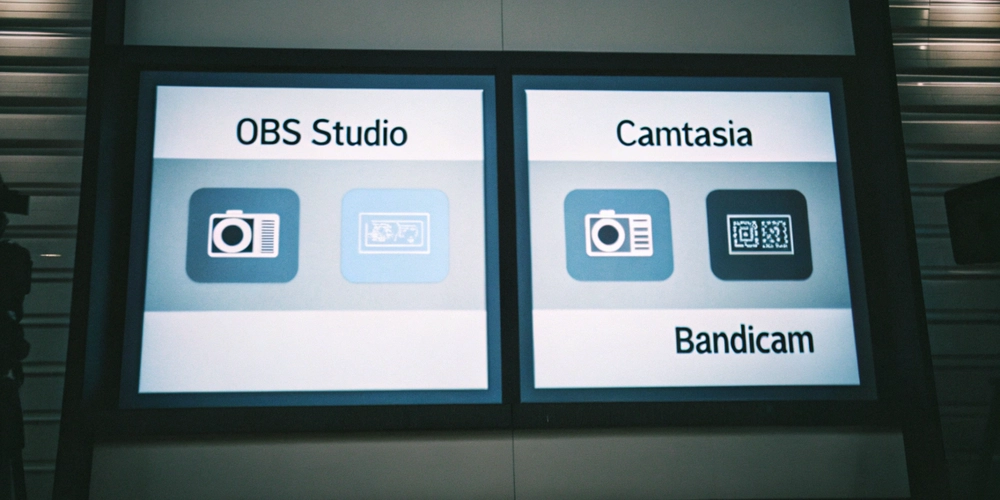
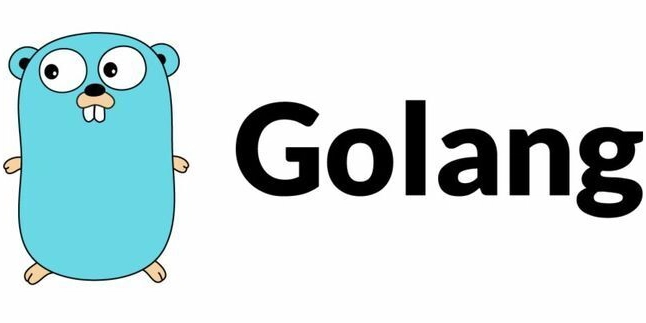










![[FREE EBOOKS] AI and Business Rule Engines for Excel Power Users, Machine Learning Hero & Four More Best Selling Titles](https://www.javacodegeeks.com/wp-content/uploads/2012/12/jcg-logo.jpg)























































.jpg?width=1920&height=1920&fit=bounds&quality=70&format=jpg&auto=webp#)





















































































_Olekcii_Mach_Alamy.jpg?width=1280&auto=webp&quality=80&disable=upscale#)


















































































































![Apple Drops New Immersive Adventure Episode for Vision Pro: 'Hill Climb' [Video]](https://www.iclarified.com/images/news/97133/97133/97133-640.jpg)

![Most iPhones Sold in the U.S. Will Be Made in India by 2026 [Report]](https://www.iclarified.com/images/news/97130/97130/97130-640.jpg)
![Apple to Shift Robotics Unit From AI Division to Hardware Engineering [Report]](https://www.iclarified.com/images/news/97128/97128/97128-640.jpg)

















